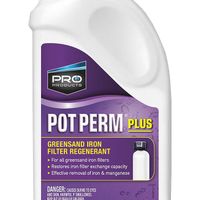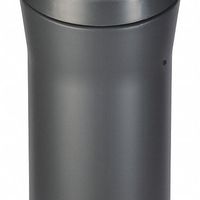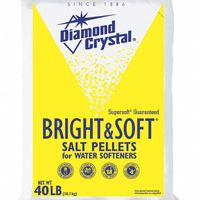A water softener offers several benefits by removing calcium, magnesium, and other minerals that cause water hardness. Here are the key advantages:
1. **Prolongs Appliance Lifespan**: Hard water can cause scale buildup in appliances like dishwashers, washing machines, and water heaters, leading to inefficiency and damage. A water softener reduces this buildup, extending the life of these appliances.
2. **Improves Cleaning Efficiency**: Soft water enhances the effectiveness of soaps and detergents, resulting in cleaner dishes, clothes, and surfaces. It prevents soap scum and mineral deposits, reducing the need for additional cleaning products.
3. **Enhances Skin and Hair Health**: Hard water can leave a residue on skin and hair, causing dryness and irritation. Soft water helps maintain natural oils, leading to softer skin and shinier hair.
4. **Reduces Plumbing Issues**: Scale buildup in pipes can lead to clogs and reduced water flow. A water softener minimizes this risk, maintaining efficient plumbing and reducing repair costs.
5. **Energy Savings**: By preventing scale buildup in water heaters, soft water improves energy efficiency, as appliances do not have to work as hard to heat water, leading to lower energy bills.
6. **Preserves Fabrics**: Soft water is gentler on fabrics, preventing wear and tear, and maintaining the color and texture of clothes over time.
7. **Environmental Benefits**: With improved cleaning efficiency, less soap and detergent are required, reducing chemical discharge into the environment.
8. **Cost Savings**: While there is an initial investment, the long-term savings on appliance repairs, energy bills, and cleaning products can be significant.
Overall, a water softener enhances water quality, leading to numerous practical and economic benefits.


